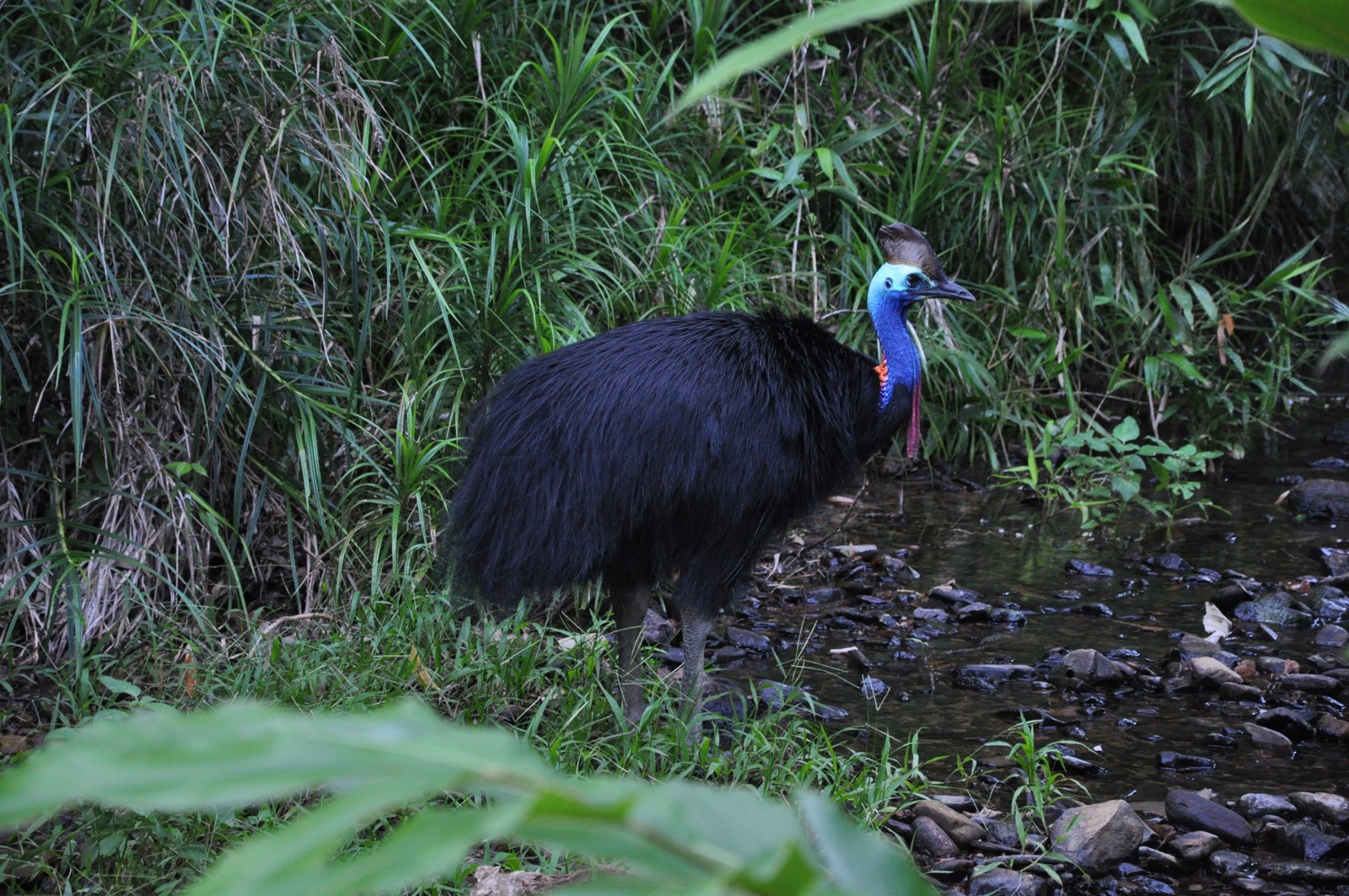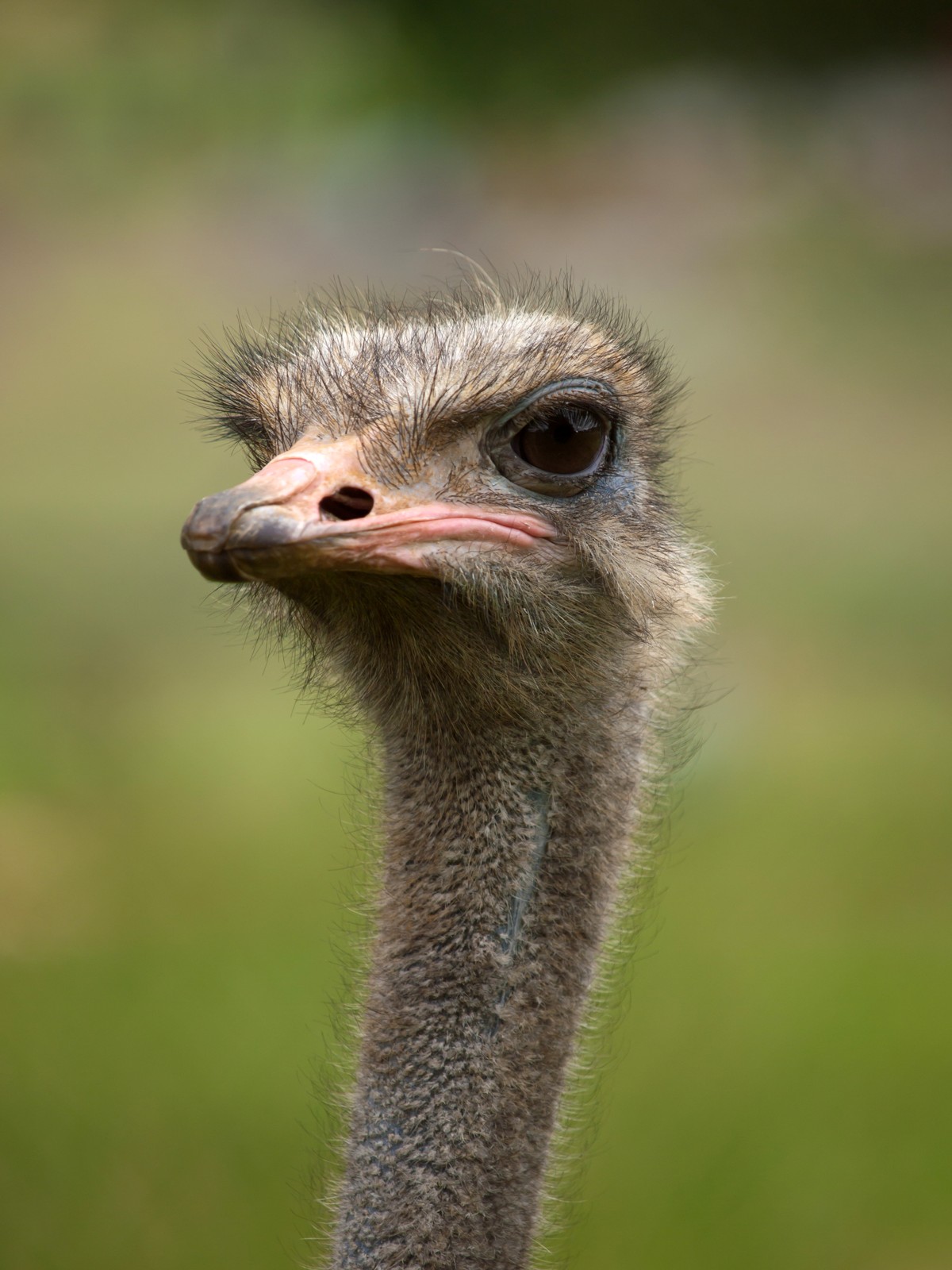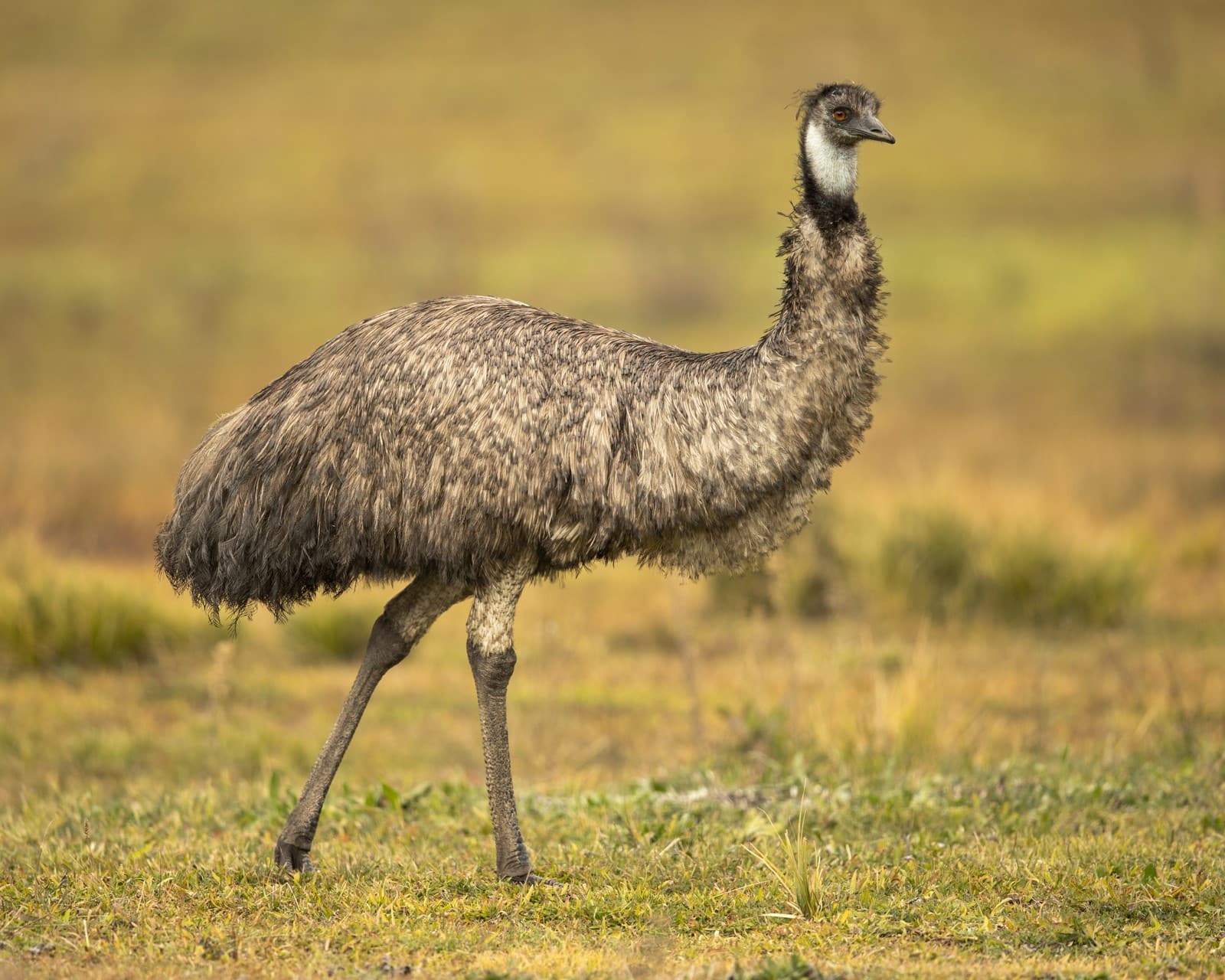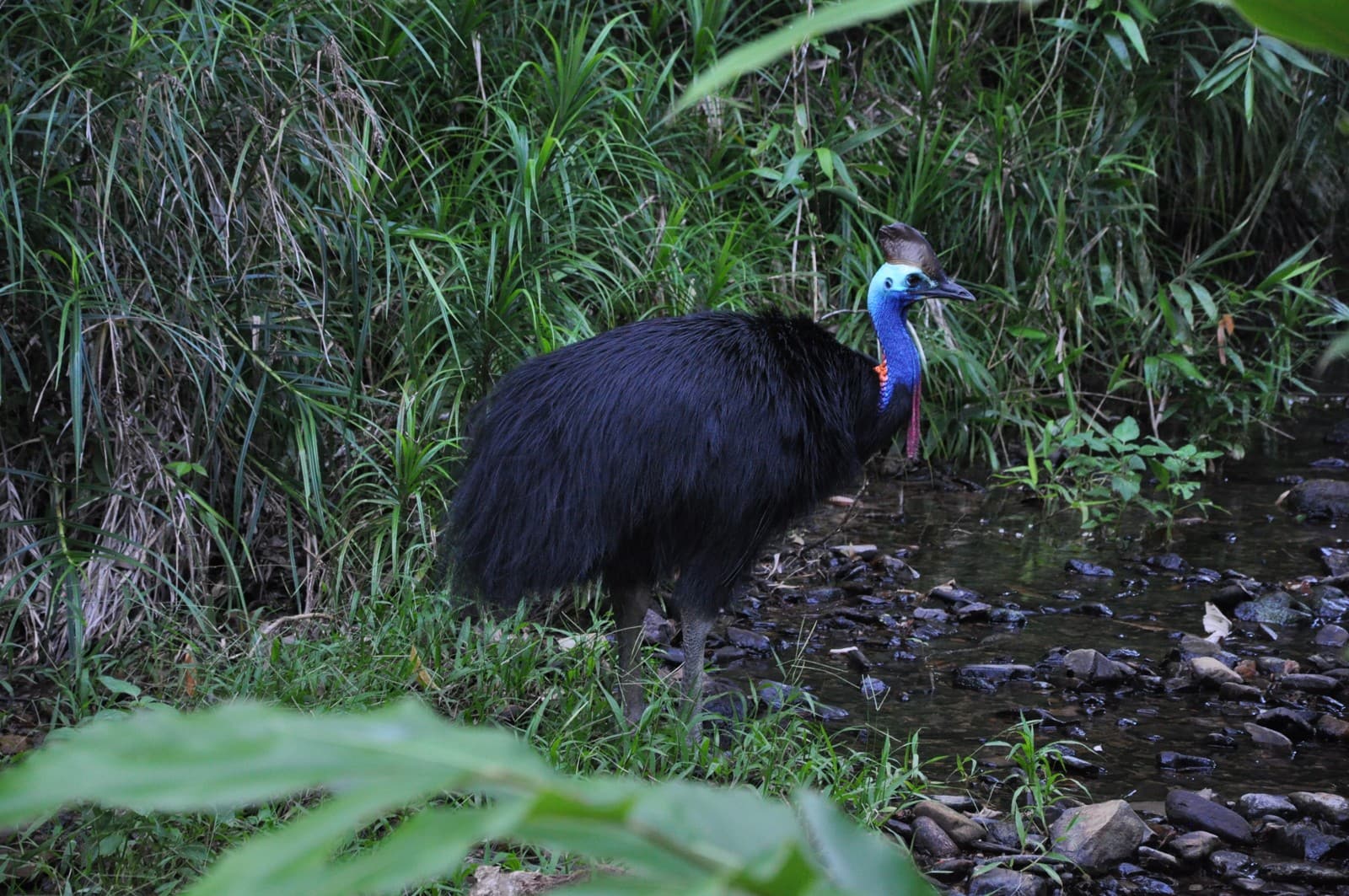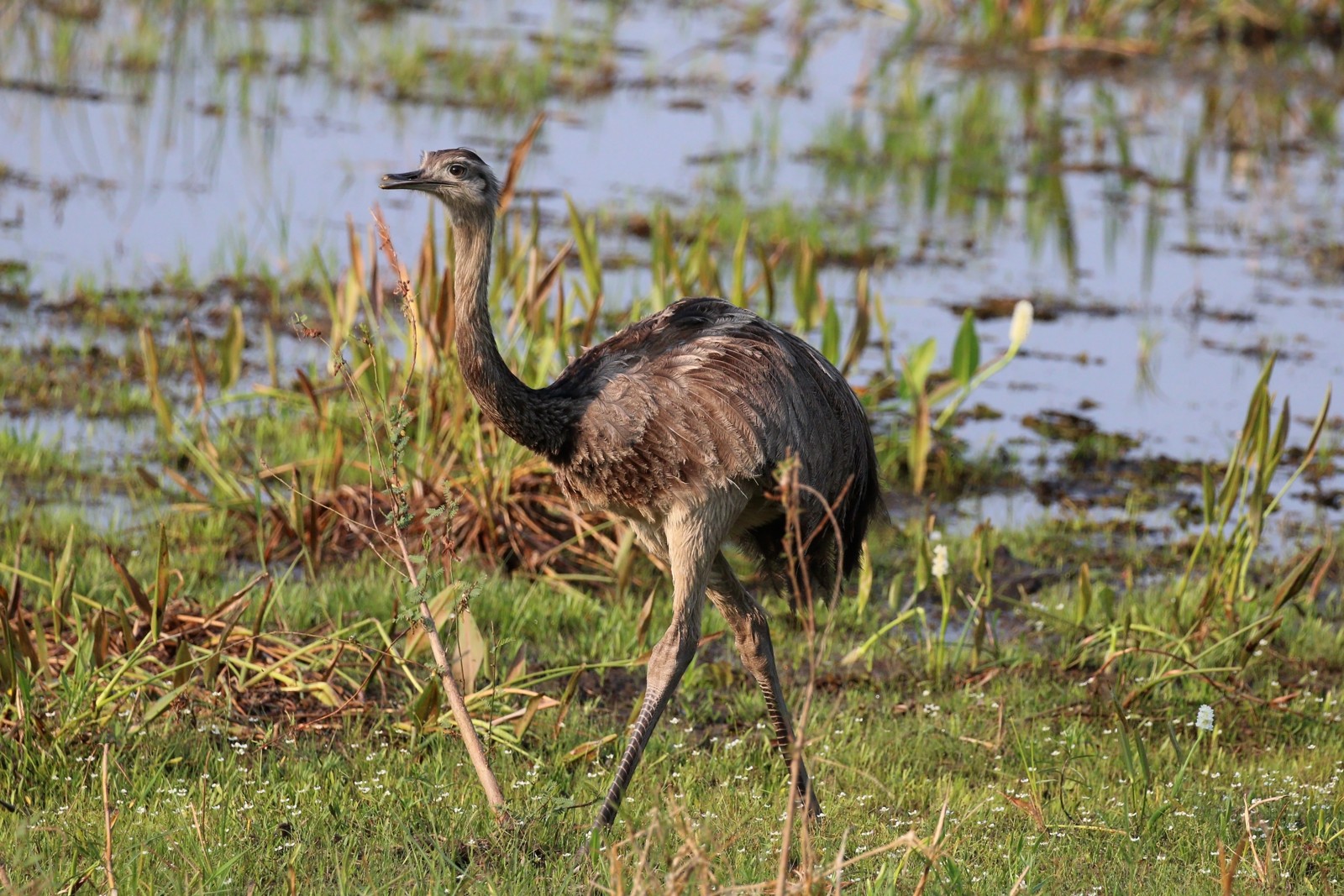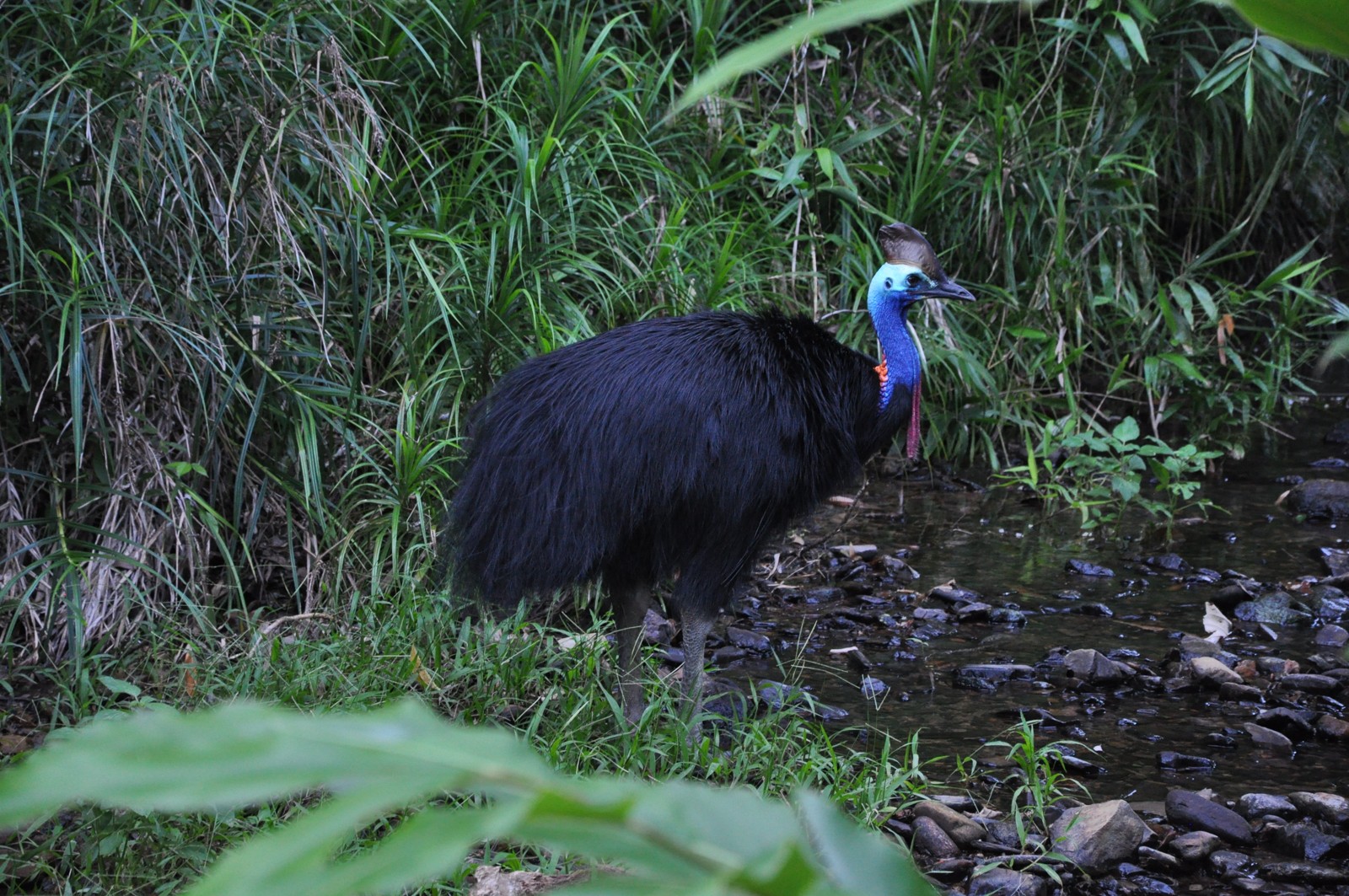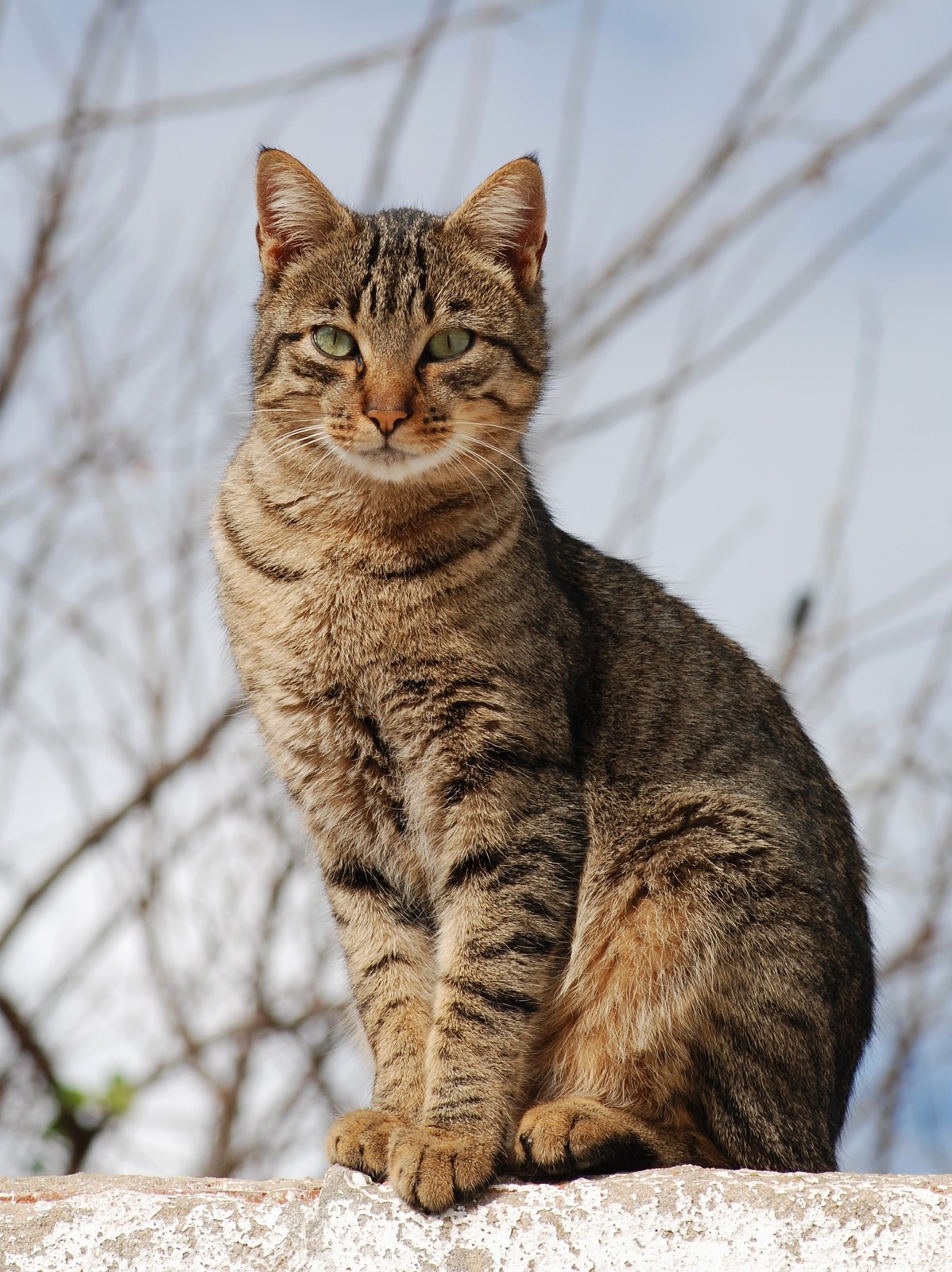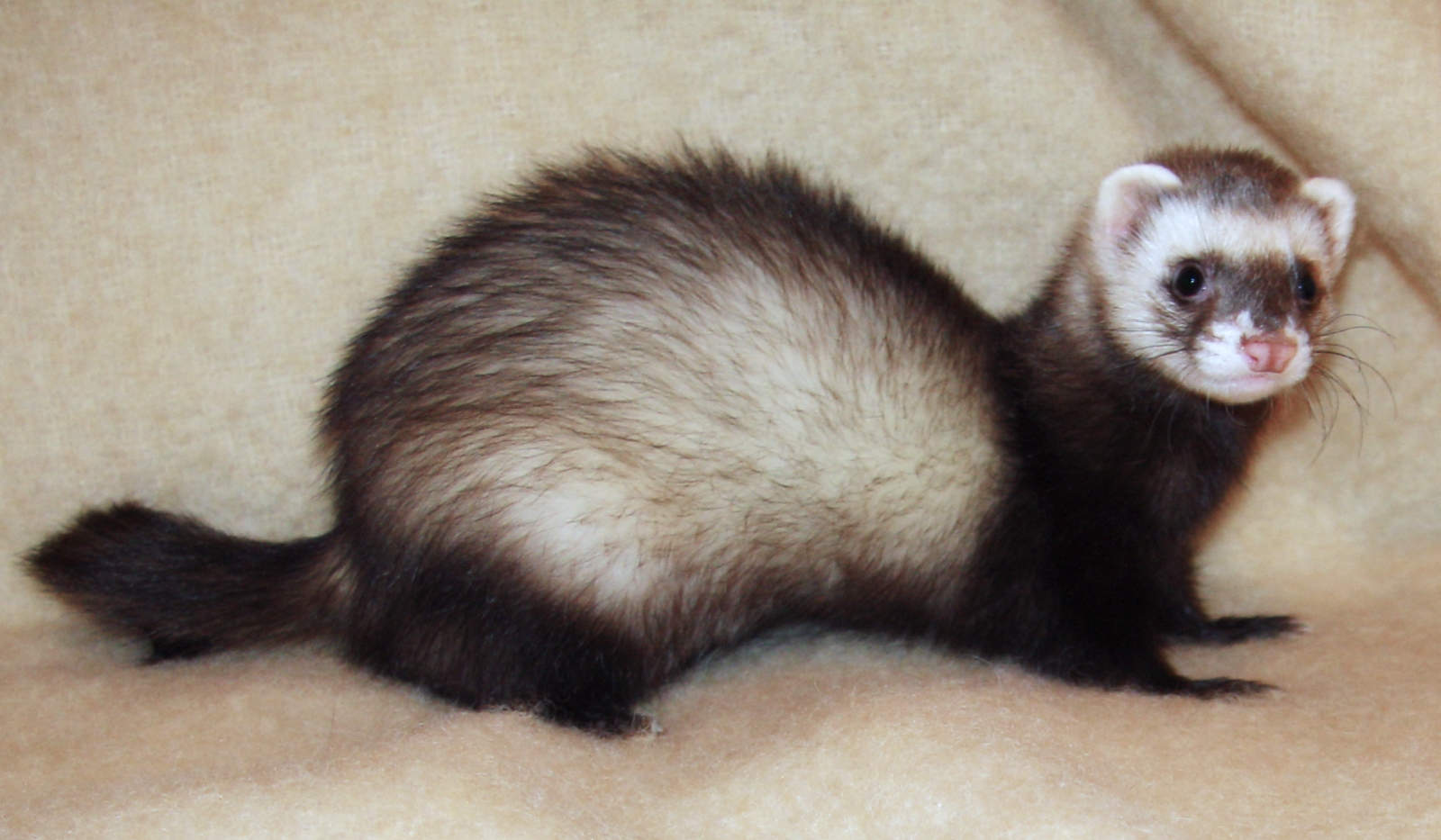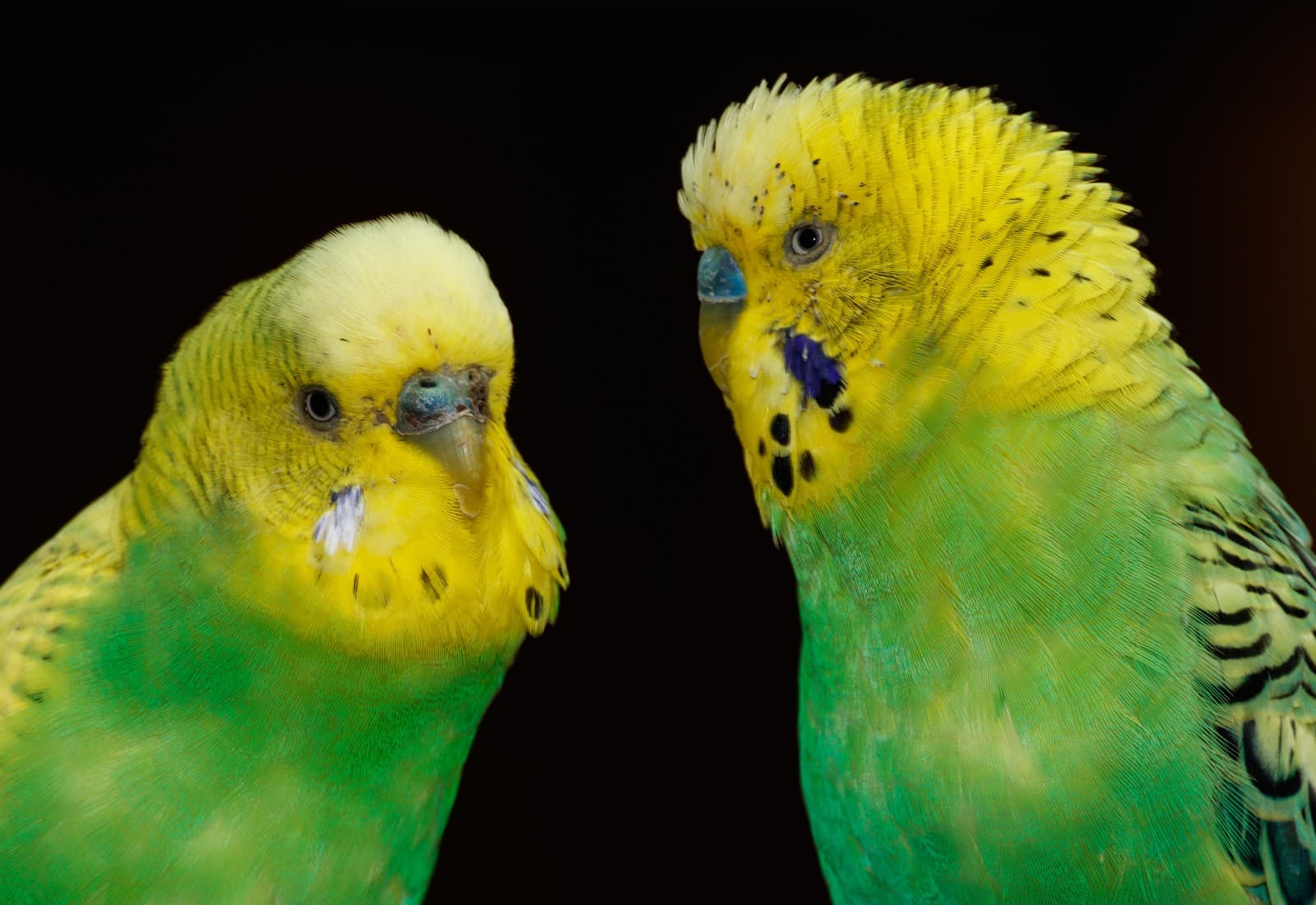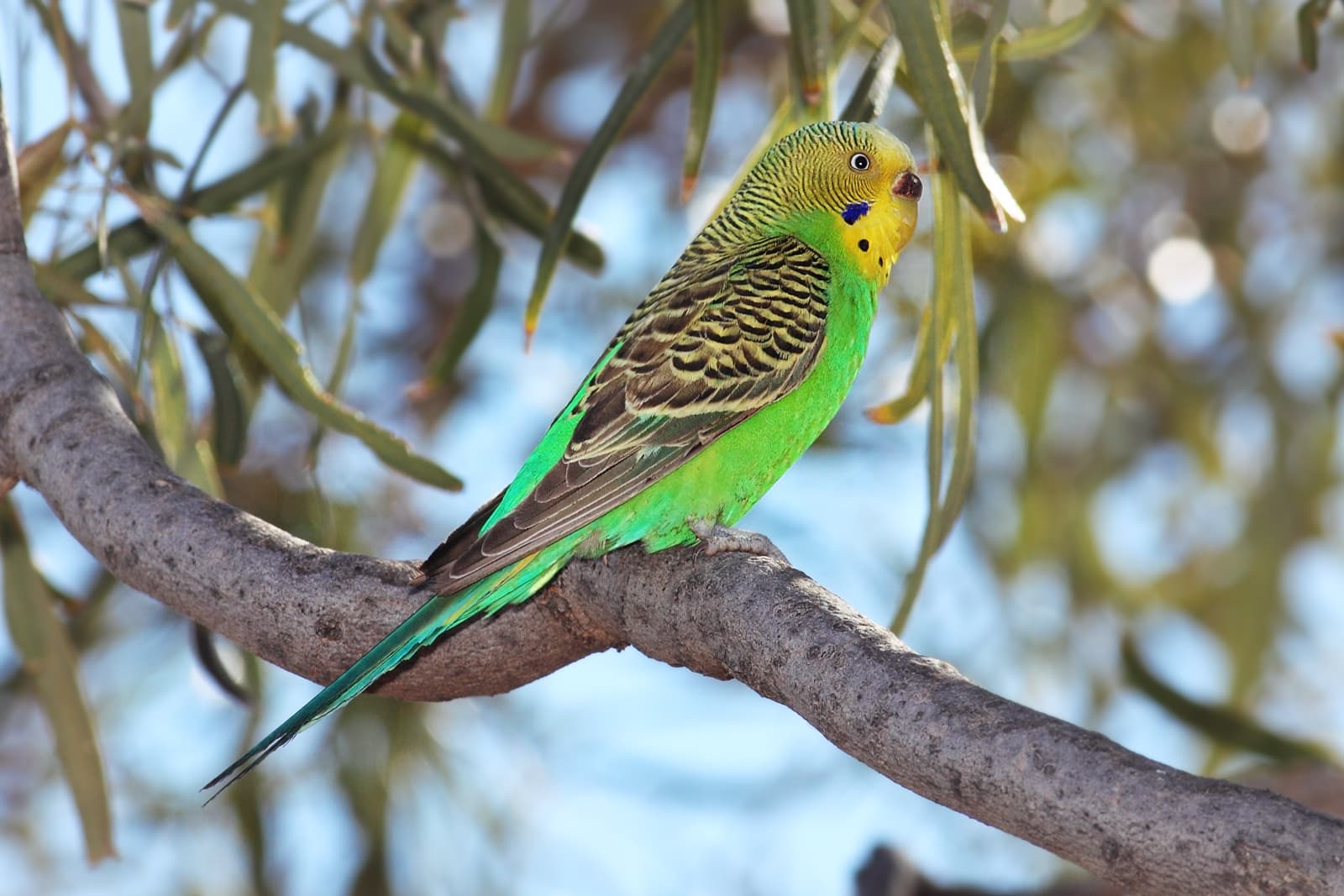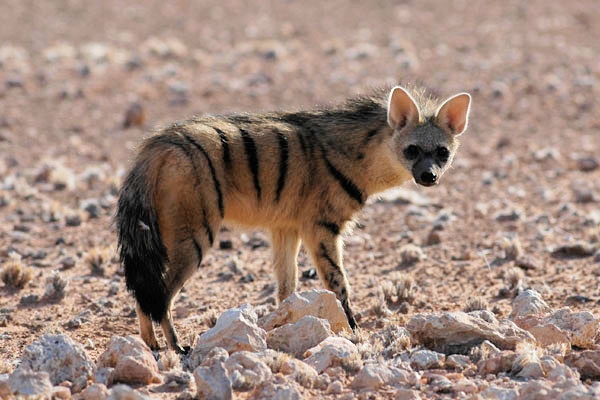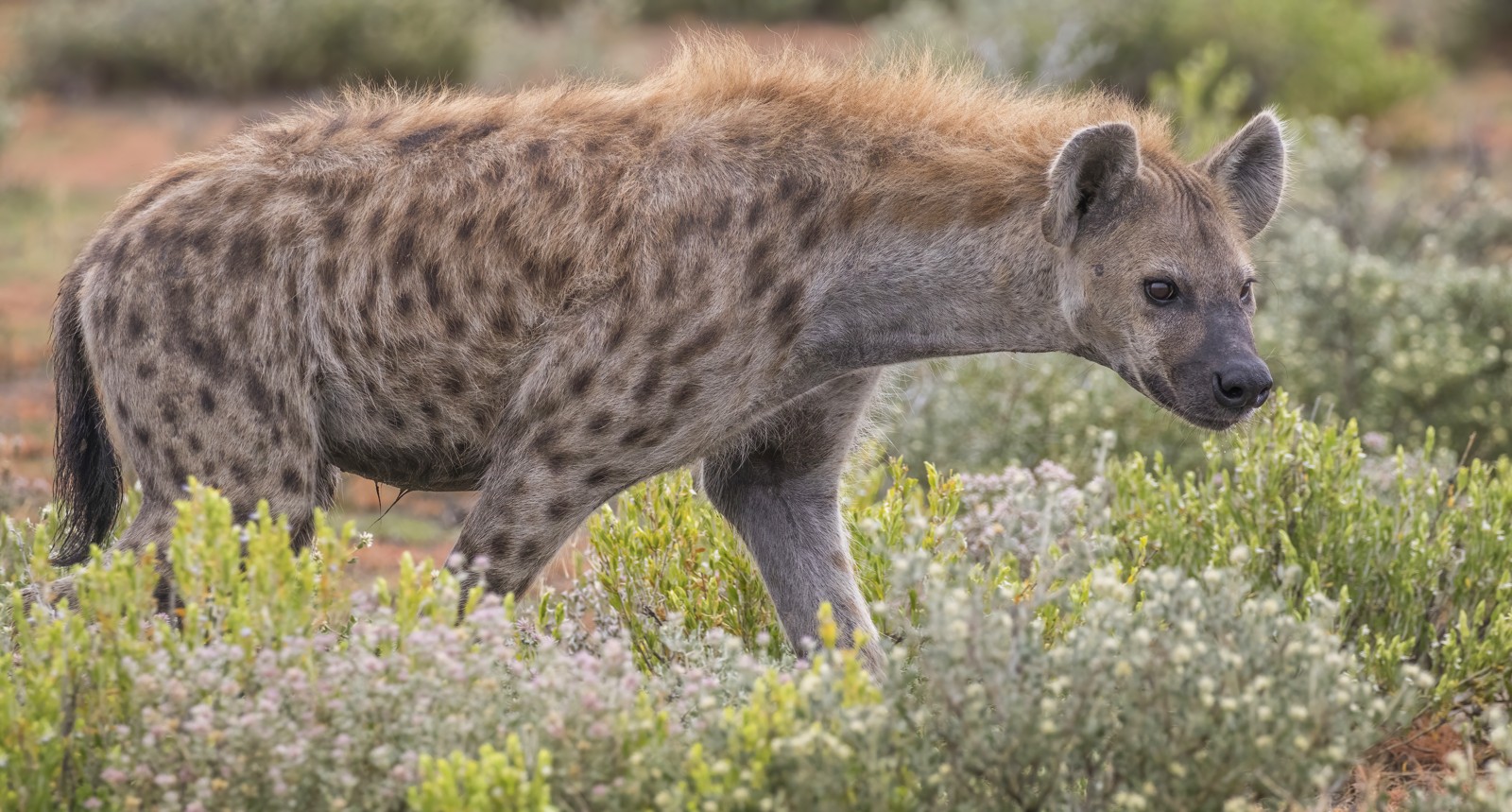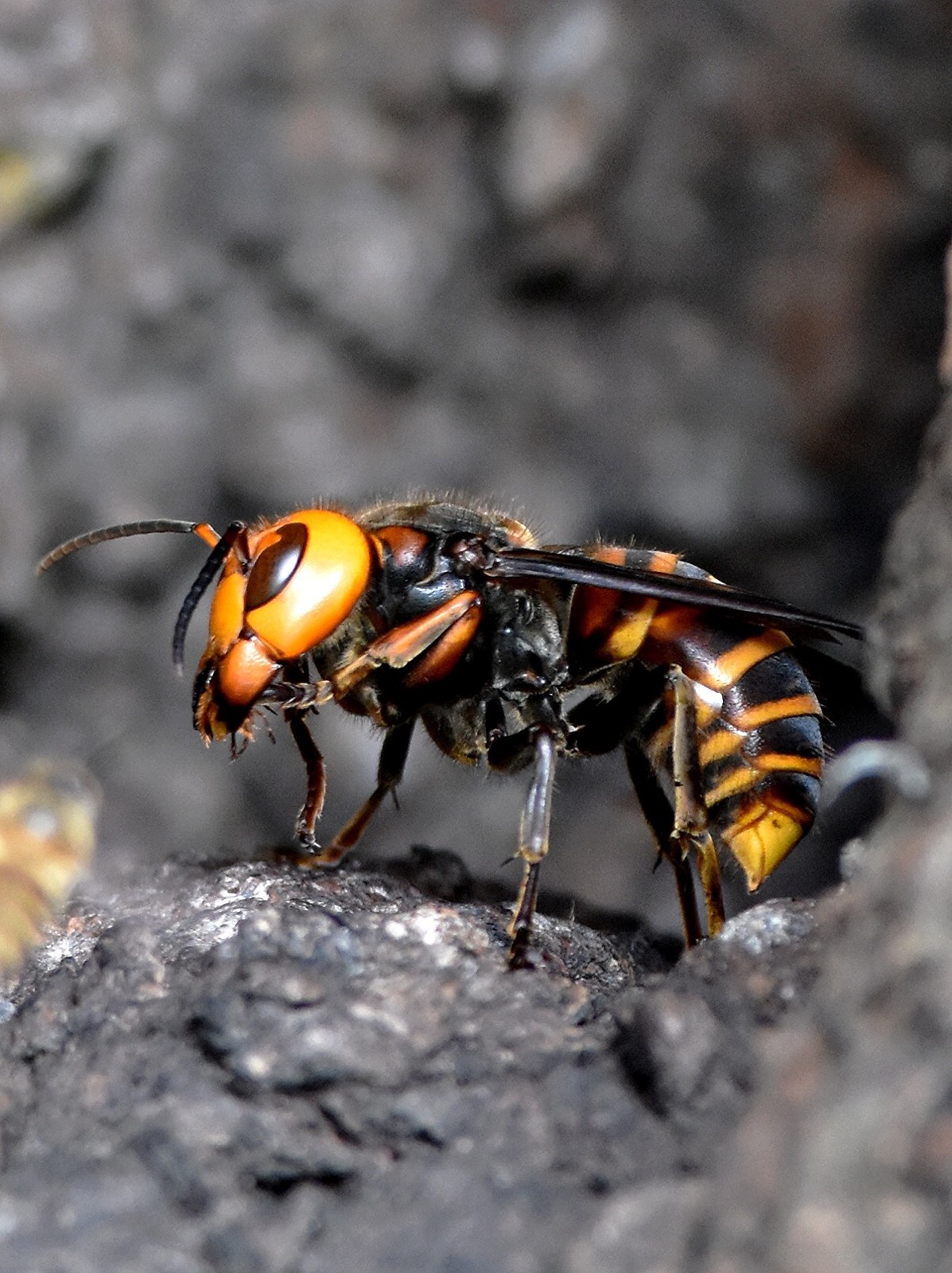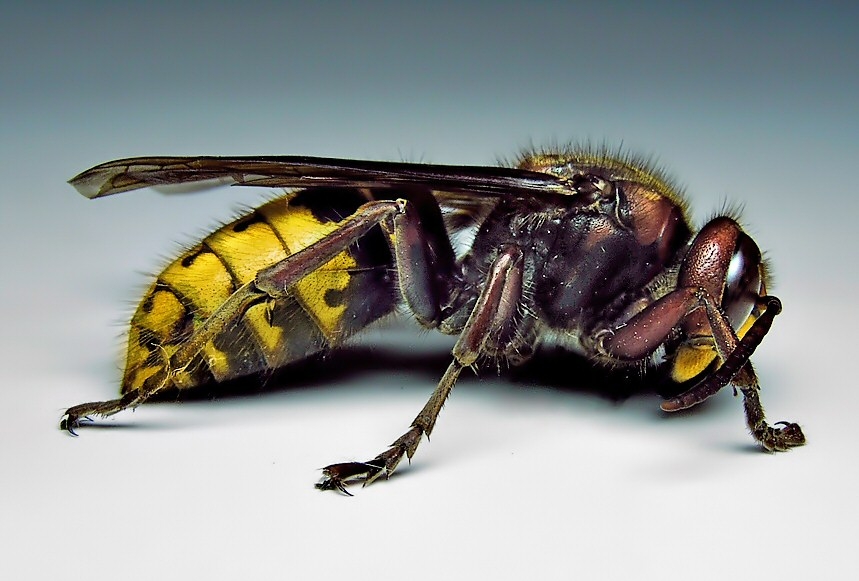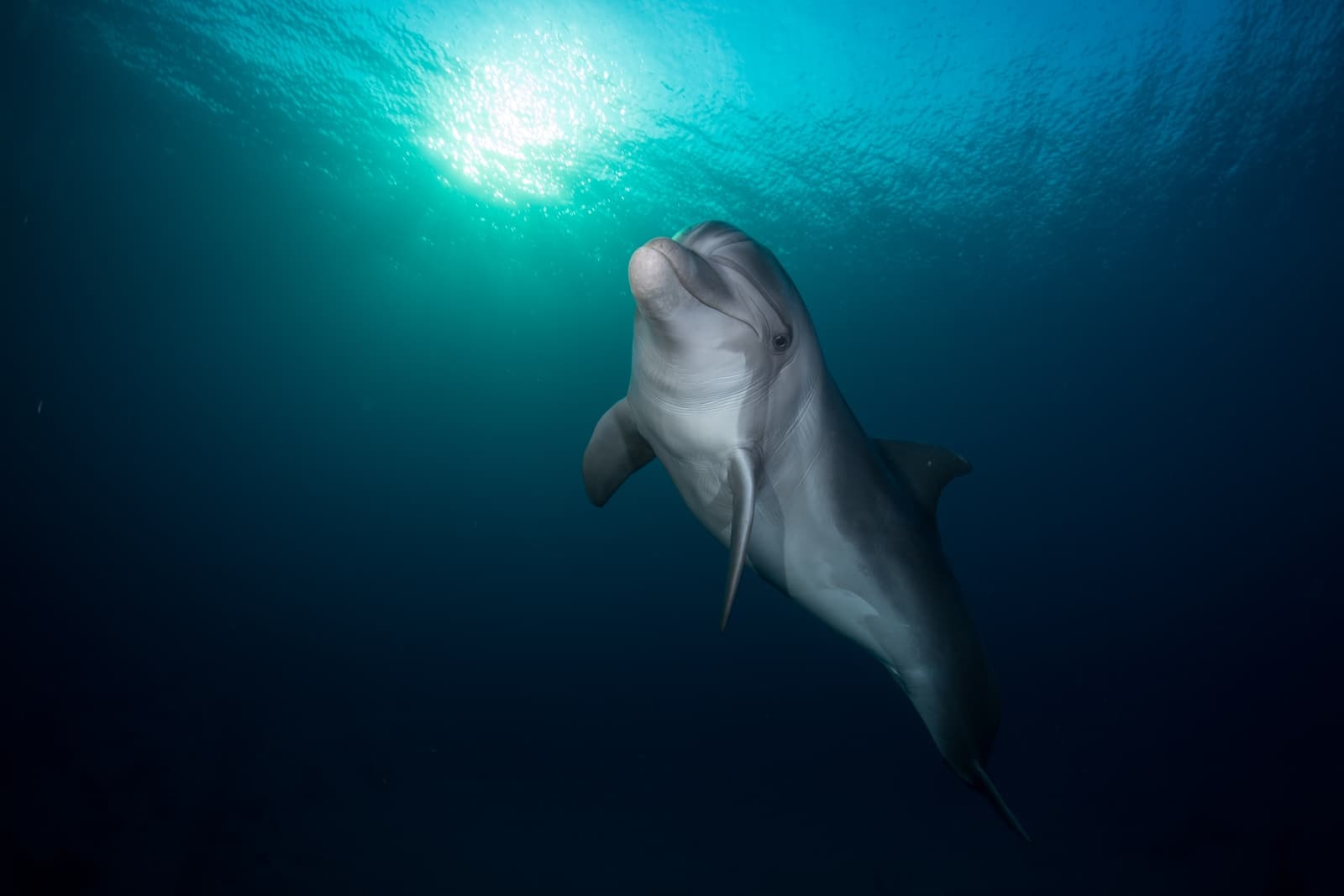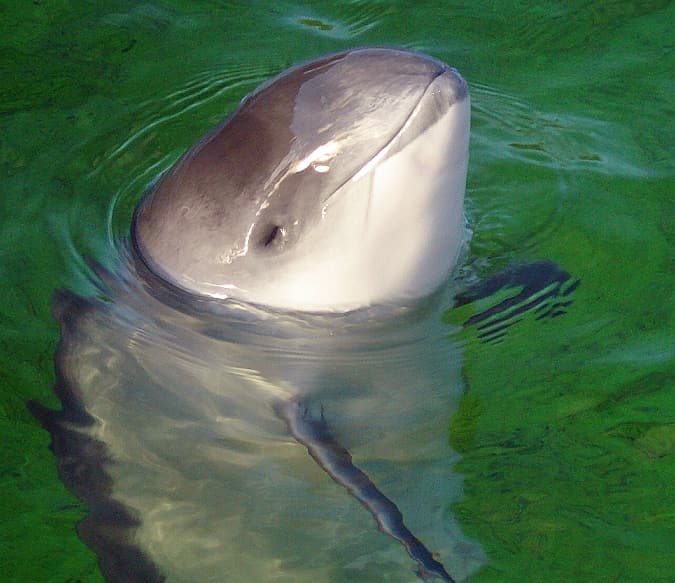Kiwi vs Cassowary: A Complete Comparison
When comparing the kiwi vs cassowary, we’re examining two of Oceania’s most remarkable flightless birds that couldn’t be more different in size and temperament. While the diminutive kiwi weighs just 4-9 pounds (1.8-4 kg), the imposing cassowary can reach heights of 6.6 feet (2 meters) and weigh up to 130 pounds (59 kg), making it the third-heaviest living bird species.
These ancient ratites share a common ancestor but have evolved to fill drastically different ecological niches. The nocturnal kiwi probes forest floors in New Zealand with its distinctive long beak, while the cassowary dominates Australian rainforest ecosystems as a crucial seed disperser and occasional defender of its territory.
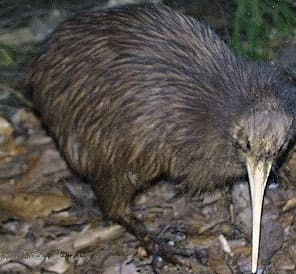
© You may select the license of your choice. / CC BY-SA 3.0
The kiwi’s unique appearance and behavior make it one of New Zealand’s most iconic species. Note the specialized long beak used for detecting prey through both smell and touch, a rare adaptation among birds.
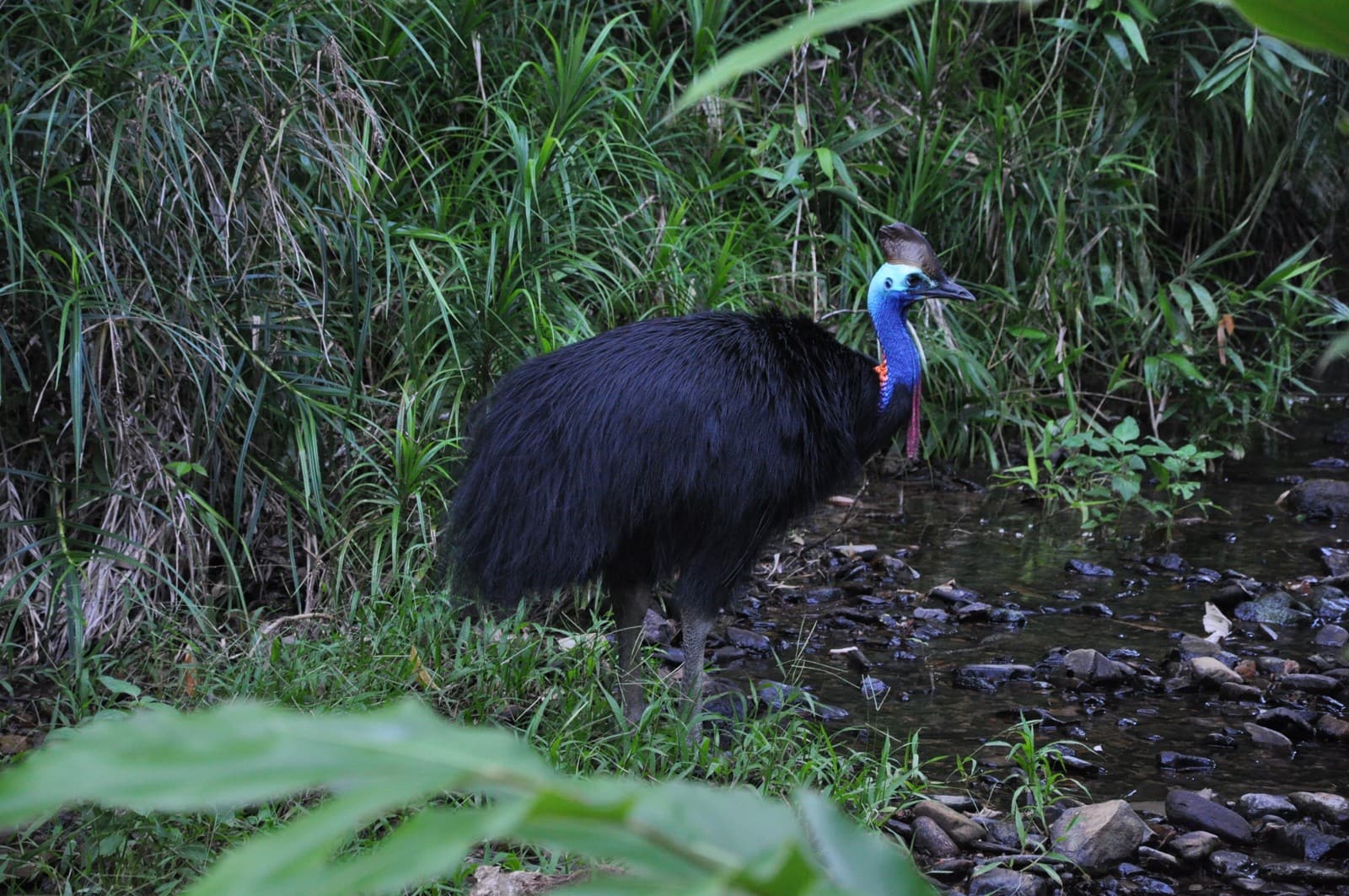
© Dmitry Brant / CC BY-SA 4.0
The cassowary’s striking appearance includes vibrant blue skin, powerful legs, and a distinctive casque atop its head. This magnificent bird plays a vital role in rainforest ecology.
Key Differences: Kiwi vs Cassowary
| Feature | Kiwi | Cassowary |
|---|---|---|
| Size | 14-18 inches (35-45 cm) tall | 4.9-6.6 feet (1.5-2 m) tall |
| Weight | 4-9 pounds (1.8-4 kg) | 75-130 pounds (34-59 kg) |
| Habitat | Forest understory, grasslands | Tropical rainforests |
| Diet | Invertebrates, fruit | Fruits, small animals |
| Defense | Camouflage, hiding | Powerful kicks, sharp claws |
| Distribution | New Zealand only | Northeast Australia, New Guinea |
Habitat and Distribution
The kiwi and cassowary have evolved to thrive in distinctly different environments. Kiwis inhabit New Zealand’s diverse landscapes, from coastal areas to alpine regions, preferring dense forest undergrowth where they can probe for invertebrates. Cassowaries, conversely, are restricted to the tropical rainforests of northeastern Australia and New Guinea, where they play a crucial role in seed dispersal.
Behavior and Temperament
While both species are generally solitary, their behavioral patterns differ significantly. Kiwis are nocturnal, shy creatures that avoid confrontation and rely on camouflage for protection. Cassowaries are diurnal and, while typically peaceful, can become formidable when threatened, capable of delivering powerful kicks with their sharp claws.
Diet and Feeding Habits
The feeding strategies of these birds reflect their size difference and ecological roles:
-
Kiwis use their long beaks to probe soil for:
- Earthworms
- Insects
- Larvae
- Small fruits
-
Cassowaries primarily consume:
- Fallen fruits
- Small vertebrates
- Fungi
- Various plants
Who Would Win in a Confrontation?
While such encounters would never occur naturally, the cassowary would undoubtedly dominate any theoretical confrontation. With powerful legs capable of delivering kicks at 130 PSI (896 kPa) and equipped with 4-inch (10 cm) daggers-like claws, the cassowary is considered one of the world’s most dangerous birds. The kiwi, being nocturnal and significantly smaller, relies on avoidance rather than confrontation for survival.
Conservation Status
Both species face significant conservation challenges:
- Kiwi species range from Vulnerable to Critically Endangered
- All cassowary species are considered Vulnerable
- Both face threats from:
- Habitat loss
- Introduced predators
- Human development
- Road mortality
Understanding the distinct characteristics and challenges of these remarkable birds helps inform conservation efforts to ensure their survival for future generations.
